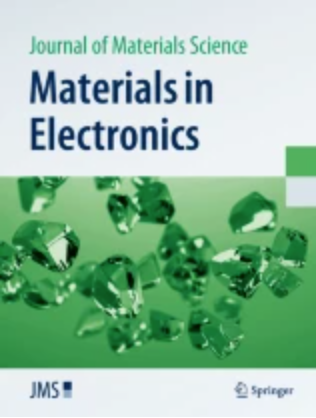Electrochemical performance evaluation of Ru-doped TiO2 synthesized via sol–gel approach
Abstract
Supercapacitor systems have gained significant attention across industries for their exceptional features, such as high power density, extended cycle life, and wide operational temperature range. This study explores the development of a ruthenium-doped titanium dioxide (TiO2) nanocomposite via a simple sol–gel synthesis technique for applications in supercapacitors. The ruthenium doping concentrations ranged between 0.25% and 1% in TiO2, and the results were benchmarked against pure TiO2. Structural analysis identified a mixed-phase composition of rutile and anatase, forming a tetragonal crystal structure. Measurements of surface area revealed an improvement in specific surface area for the doped samples. Electrochemical performance testing highlighted that TiO2 doped with 0.5% Ru delivered superior results, achieving a specific capacitance of 427 Fg⁻1 at a current density of 5 Ag⁻1, while exhibiting remarkable cyclic stability. Moreover, an all-solid-state asymmetric supercapacitor device incorporating this material achieved an energy density of 20 Whkg⁻1 and a power density of 1125 Wkg⁻1, retaining full capacitance after 5000 charge–discharge cycles. These findings underscore the potential of Ru-doped TiO2 composites in enhancing electrochemical performance for practical energy storage applications.

 求助内容:
求助内容: 应助结果提醒方式:
应助结果提醒方式:


